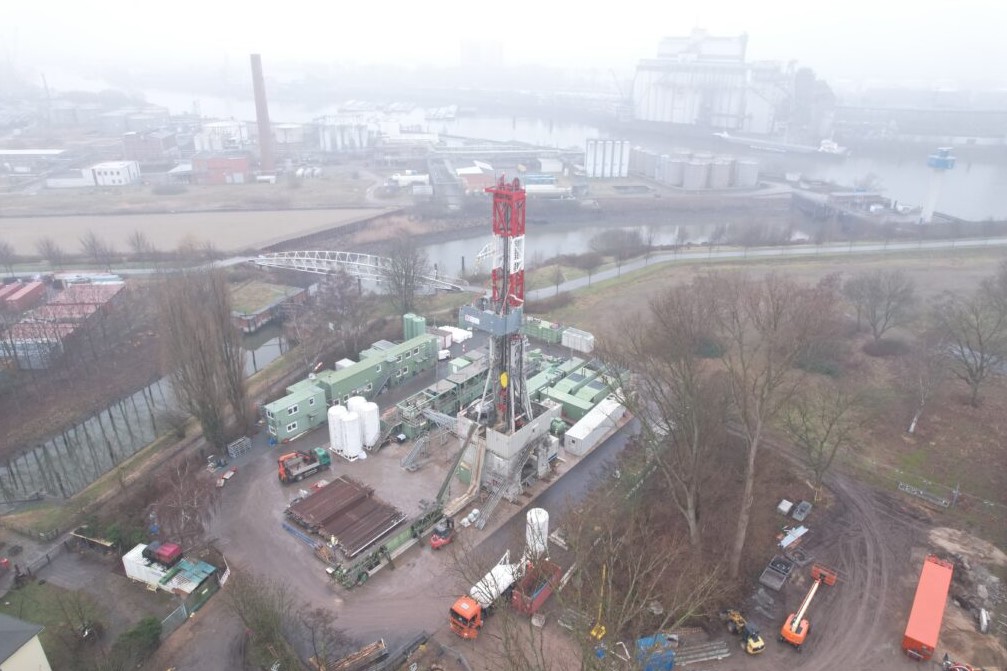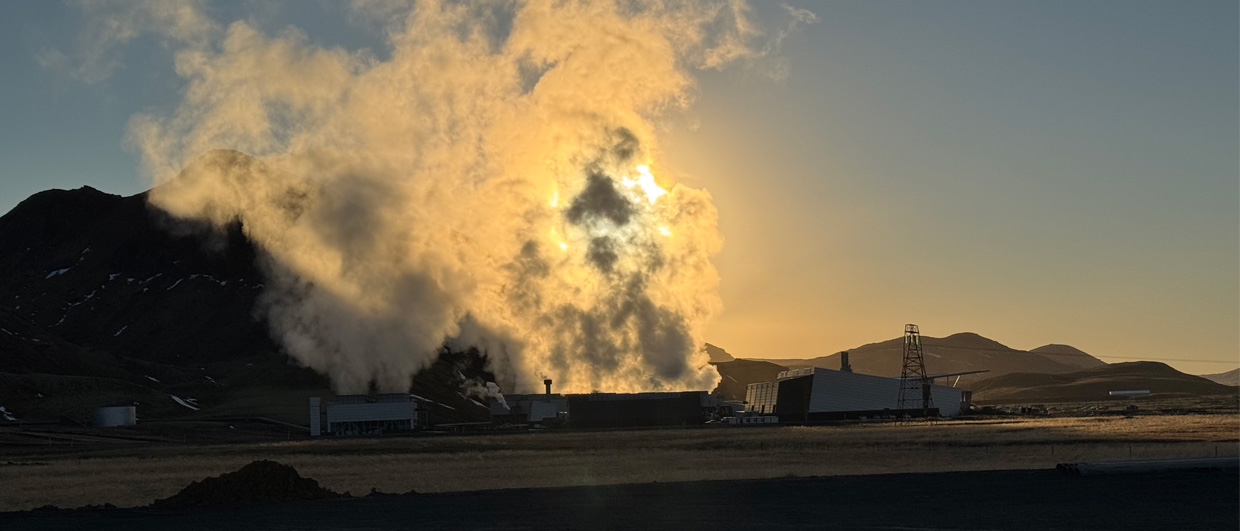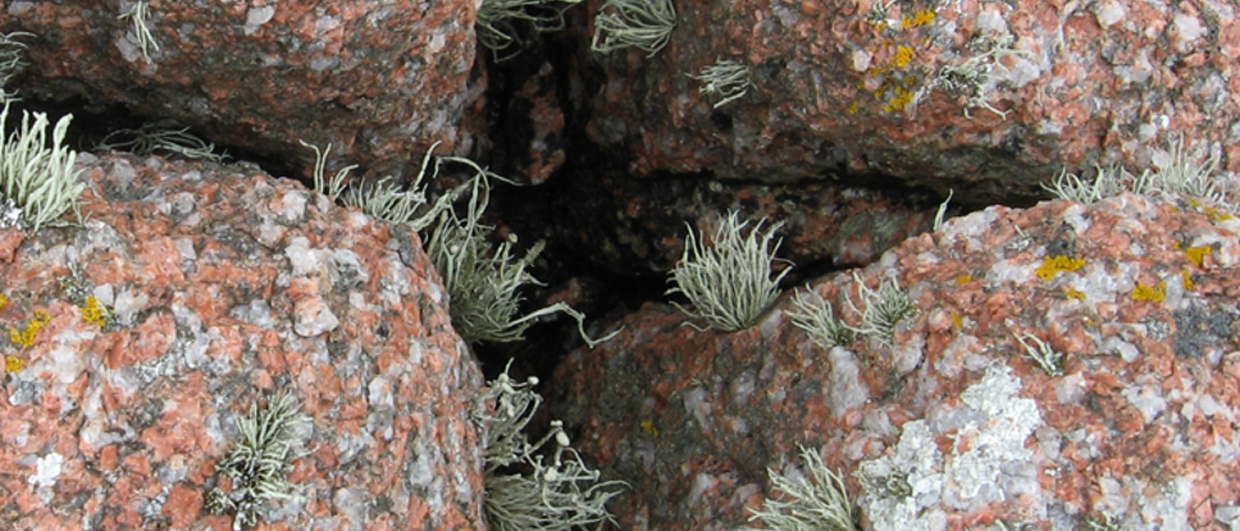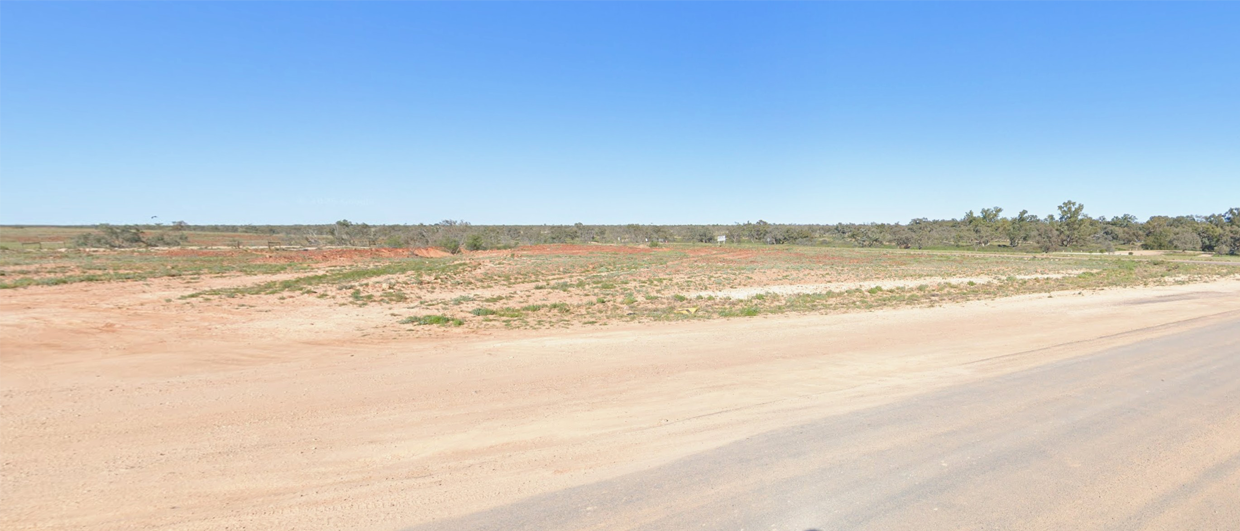With an estimated power output of 10 MW – which could supply 5,000 houses with heat – the city of Hamburg in northern Germany hopes to integrate geothermal energy with other initiatives to decarbonise the energy system in the Wilhelmsburg district.
The first of the two wells of the project, which consists of one producer and one injector well, is currently being drilled . The expected terminal depth (3,400 m) is in the Upper Triassic Rheatian sandstones, which is one of the most important target reservoirs for deep geothermal projects in the North German Basin.
The drilling of the current well probably benefitted from a seismic exploration campaign that was carried out in 2010 in the same area. This study already identified the Rhaetian sandstone as being sufficiently thick. In addition, no major faults were observed in the seismic, which lowers the probability that inflow of hyper-saline waters from the underlying Gipskeuper occurred. This could otherwise have had a detrimental effect on porosity and permeability.
The seismic line below indeed shows little evidence of major faulting at target levels. It also shows that the second well that will be drilled is the deviated producer, with the currently drilling vertical well designed to be the injector. The expectation is that water of a temperature of around 130°C will be extracted from the shallow marine sandstones of Upper Triassic age. This is a relatively high temperature if one considers an average geothermal gradient of 32°C per kilometre.

The Wilhelmshaven development is not the first deep geothermal project in northern Germany. An example of a plan that targeted the same stratigraphic interval is situated a little further to the east in Neustadt-Glewe (see map below). This paper from 2005 provides a detailed description of this project that started 1989 through drilling the first well. It further notes that whilst production was not an issue, injectivity was. Stimulation turned out to be required to obtain satisfying injection rates.

With the Hamburg geothermal reservoir being around 1000 m deeper than the Neustadt-Glewe doublet, it is hoped that reservoir quality will still be good and that injectivity is not an issue.
HENK KOMBRINK





